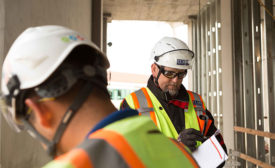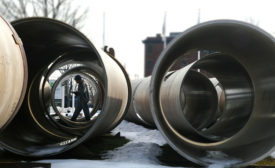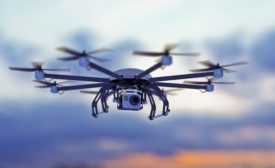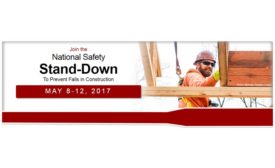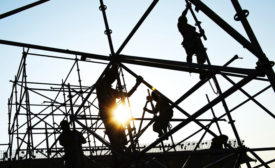Construction Industry Safety and Health
One fall can be traumatizing- and costly
10,000 construction workers sustain fall injuries annually
November 8, 2017
NJ scaffold put workers “dangerously close to power lines”
Co. owner cited previously for same violations
October 23, 2017
Never miss the latest news and trends driving the safety industry
eNewsletter | Website | eMagazine
JOIN TODAYCopyright ©2024. All Rights Reserved BNP Media.
Design, CMS, Hosting & Web Development :: ePublishing

